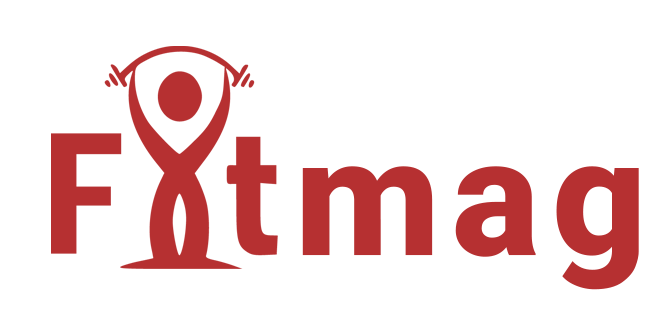If you have ever wanted to try weightlifting, you might have heard of weightlifting belts! This article will deeply dive into their world, exploring what they do and the varieties available. As you know, a weightlifting belt is one of the many tools weightlifters use to enhance their training.
But what exactly does it do? We will break down the functionality of these belts and delve into different types, helping you decide if one might be right for you. Additionally, we will discuss the ideal times to use a weightlifting belt and explore its advantages for workouts.
If you want to learn more about this vital tool and why it is there (!), this article will explain everything you need to know about these supportive tools.

What Does a Weightlifting Belt Do?
Your abs and lower back keep your spine stable when you lift weights. When you aim for a heavy lift, you mainly create pressure inside by squeezing your abs. Now, what can a belt do for you?
Imagine you are trying to hold a beach ball tight. You squeeze your arms around it to keep it from bursting.
A weightlifting belt is like a super strong hand wrapped around the beach ball with you. It gives your core muscles (as mentioned, your abs) something extra to push against when you brace yourself for a lift. This extra push helps keep your entire torso stable and protected.
This extra support can help you:
1. Helps Intra-abdominal Pressure
This can be like blowing up a balloon. The more air you blow in, the tighter the balloon gets. A weightlifting belt helps create a similar effect inside your core, making your entire torso feel firmer and steadier.
2. Maintain Proper Spine Position
Proper form is crucial for lifting weights without injury. A weightlifting belt can help keep your spine neutral during lifts, preventing excessive rounding or arching in your back.

What Are the Different Types of Lifting Belts?
Now it is time to introduce you to the different types of lifting belts, as they are not created equal and for just one purpose!
There are two main types of lifting belts:
Lever Belts
The classic models are the wide belts you often see at the gym. They give athletes the most support and are ideal for heavy squats, deadlifts, and overhead presses.
Lever belts usually have a buckle closure or prong that enables you to adjust the tightness precisely.
Velcro Belts
The other type is thinner and more flexible than lever belts. Velcro belts offer some support but are better suited for lighter-weight training or people with back problems.
Let’s make clear when you can use weightlifting belts.

When To Use a WeightLifting Belt?
As a beginner, you might not need a weightlifting belt immediately. Instead, focusing on proper form and core strengthening exercises is essential to build a solid foundation.
However, a weightlifting belt can be a valuable tool if you start lifting heavier weights.
Here are when you can use one:
- Squats: When the barbell gets heavy, a belt can help you maintain proper form and stability in your lower back.
- Deadlifts: If your weights are too heavy to pick up, a belt supports your core and spine during deadlifts.
- Overhead Presses: Pushing heavy weights overhead requires a braced core. A belt can help you achieve that extra tightness.
These belts can be used in all activities that require extra support for lifting belts. Do you know why we recommend using lifting weights?
Let’s examine the pros of this technique on your body during heavy workouts.
What Are the Advantages of Using a Weight Lifting Belt?
As explained above, weightlifting belts can help you maintain a stable firm.
However, incorporating a weightlifting belt into your routine has several benefits, especially when lifting heavy weights.
The benefits of weight lifting belts:
- Helps to Improve Performance: When your core stability increases after using a belt, you can lift more weight or perform additional reps during your sets.
- Lowers Injury Risk: Proper core bracing and spinal alignment are crucial to preventing weightlifting injuries. This approach is possible when using a belt during heavy lifts.
- Enhanced Confidence: Sometimes, feeling secure and supported can give you a mental boost in the gym. A weightlifting belt can provide this confidence, allowing you to focus on your lifts.
All you have to do is remember that a weightlifting belt is a just tool! You can’t expect to use it to boost your energy and lift heavier weights, and it won’t supernaturally make you stronger if you are not ready yet.
Focus on proper technique and core strength training. Consider using a weightlifting belt when you’re ready to tackle those heavier weights!

So, To Put It Another Way
Weightlifting belts are vital for safely lifting heavy weights, especially during deadlift sets or other exercises that strain the core.
In this article, we explored the use of a weightlifting belt, the different types available, and when their benefits can be used.
A weightlifting belt can help you maintain proper posture, improve your lifts, and reduce your risk of injury by providing extra support and stability to your core.
Are you ready to give weightlifting belts a try? You may have already used one for a while. We would love to hear about your experiences, so write down your thoughts in the comments below and let us know if a weightlifting belt is necessary for your gym routine











